Repair Exchange Database
Show Posts in
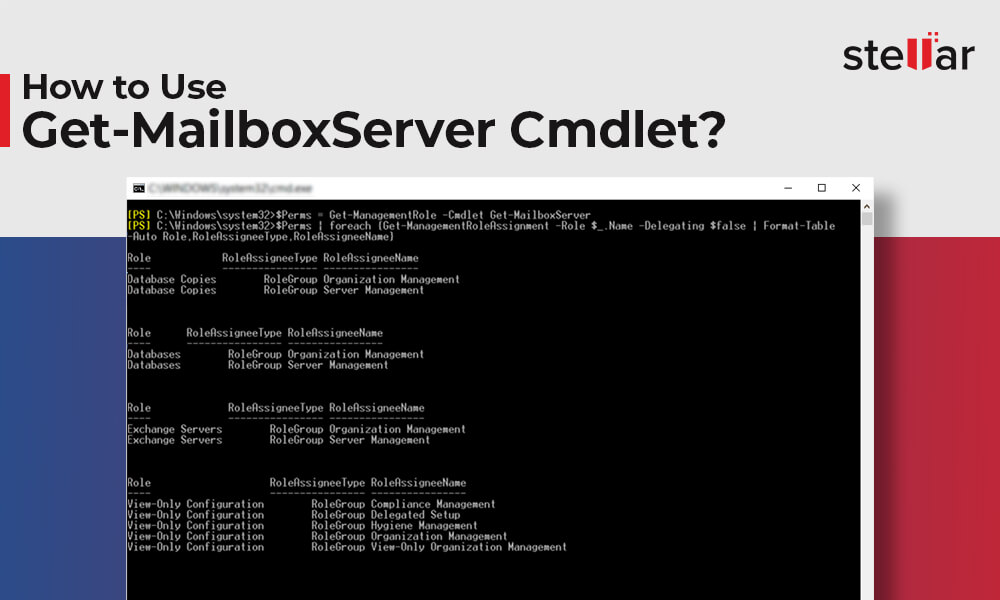
How to Use Get-MailboxServer Cmdlet?
The Get-MailboxServer is a PowerShell cmdlet that you can run in the Command Prompt or the Exchange Management Shell (EMS) to retrieve the information about the mailbox servers. You can run the cmdlet in Exchange Server 2010 SP1 and later v...
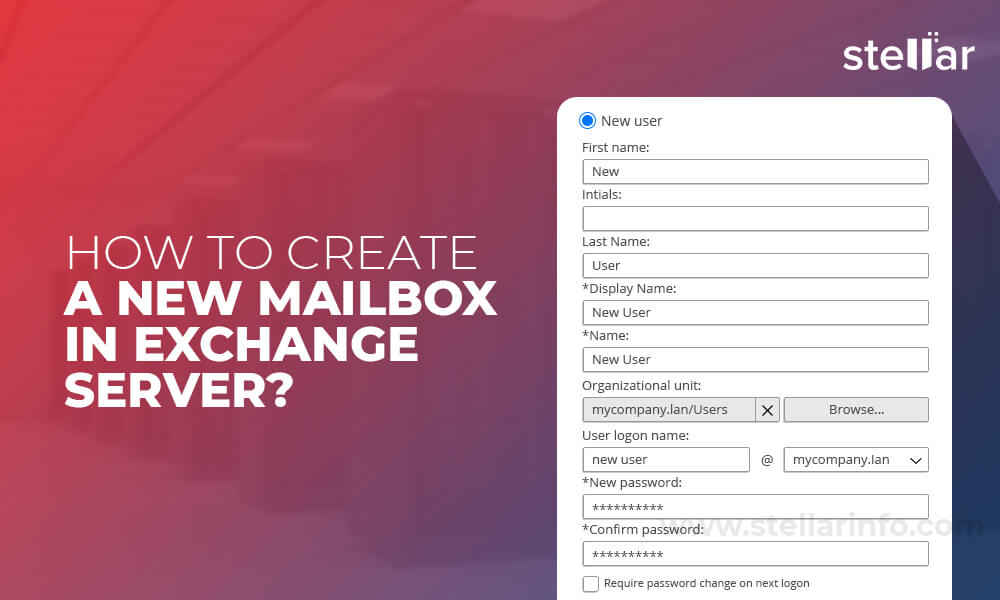
How to Create a New Mailbox in Exchange Server?
A part of the daily management and support activities of an Exchange Server Administrator is to create and manage mailboxes. In this article, we will be discussing different ways to create a new mailbox in Exchange Server. How to Create New Mailboxe...
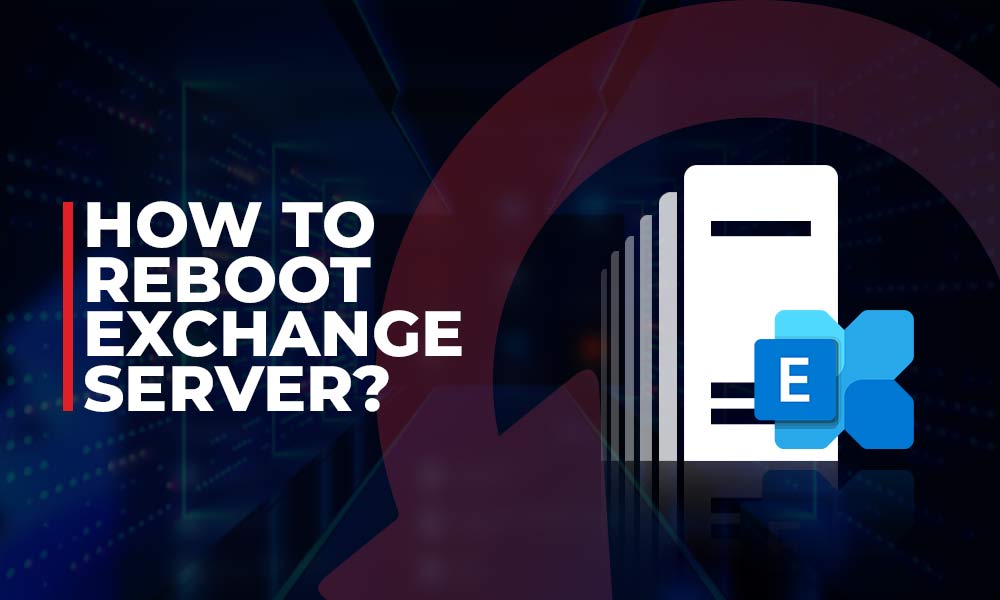
How to Safely Reboot Exchange Server?
Most businesses have a monthly maintenance window to install the operating system and Exchange Server updates. They need to restart the Exchange Server when doing such changes. There are several other reasons why you need to restart your Exchange Ser...
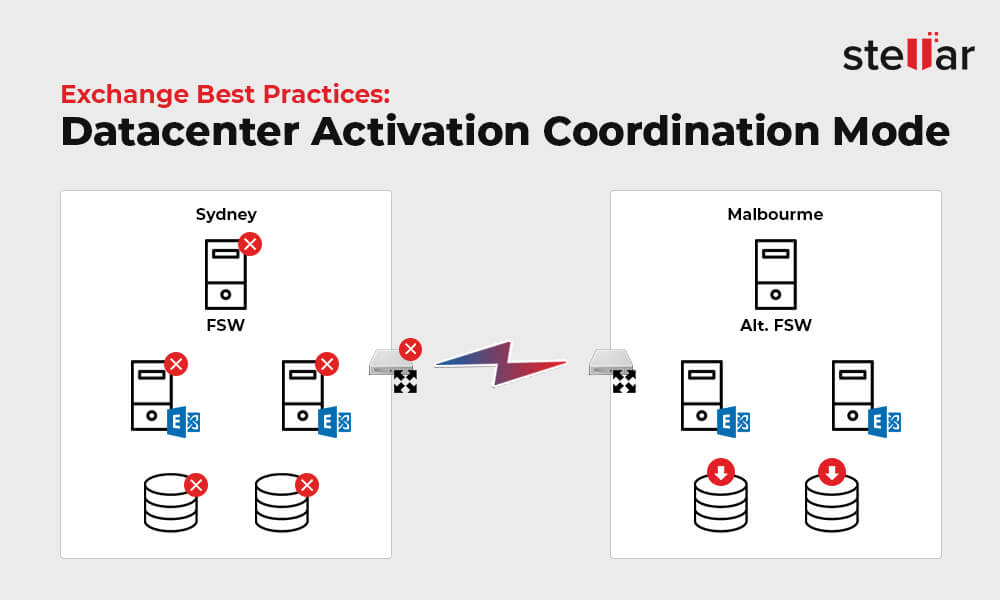
Exchange Best Practices: Datacenter Activation Coordination Mode
Datacenter Activation Coordination mode (DAC) is a property in a Database Availability Group (DAG). This mode is used to control the database mount on the start-up behavior of the Database Availability Group (DAG). The feature is designed to pre...
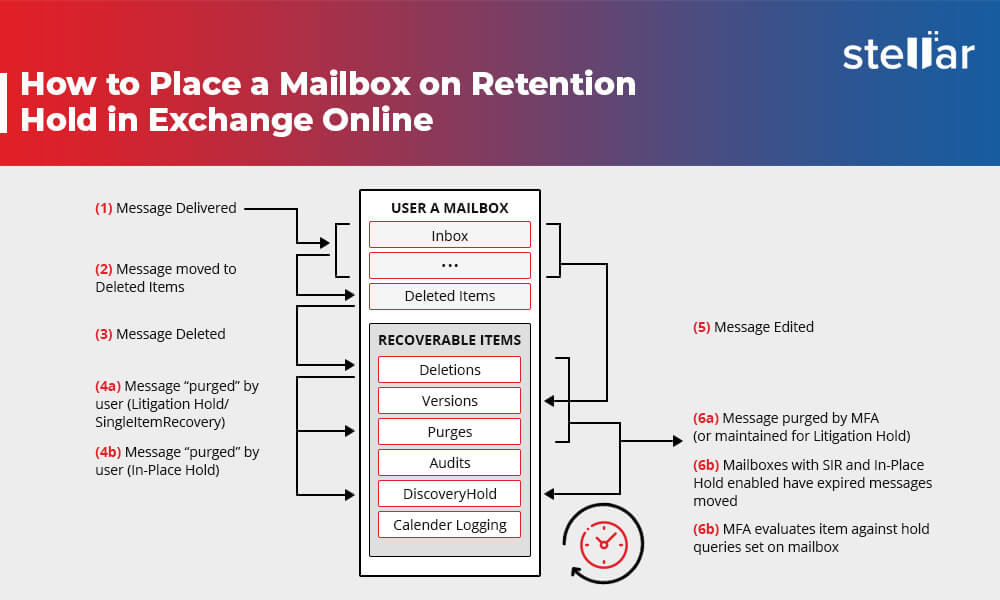
How to Place a Mailbox on Retention Hold in Exchange Online?
In Exchange Online, there is a feature known as Litigation Hold that helps retain the data for a certain amount of time. When the Litigation Hold is enabled on a particular mailbox or all the users, all the mailbox content which includes the deleted...
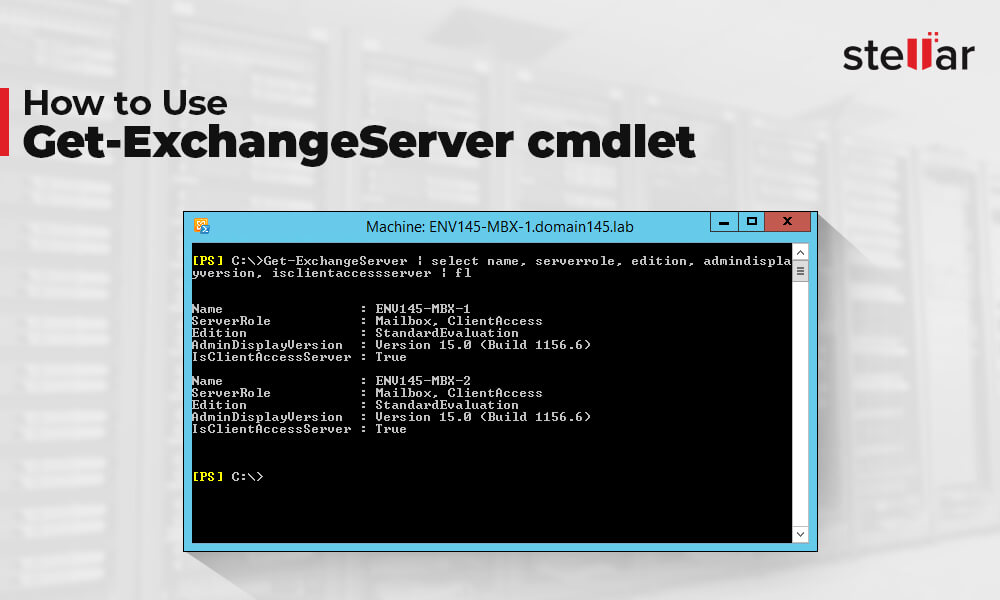
How to Use the Get-ExchangeServer Cmdlet?
With Exchange Server 2010 SP1, Microsoft introduced several PowerShell cmdlets to perform various administrative and management tasks. The Get-ExchangeServer PowerShell cmdlet in the Exchange Management Shell (EMS) is one such cmdlet that administrat...
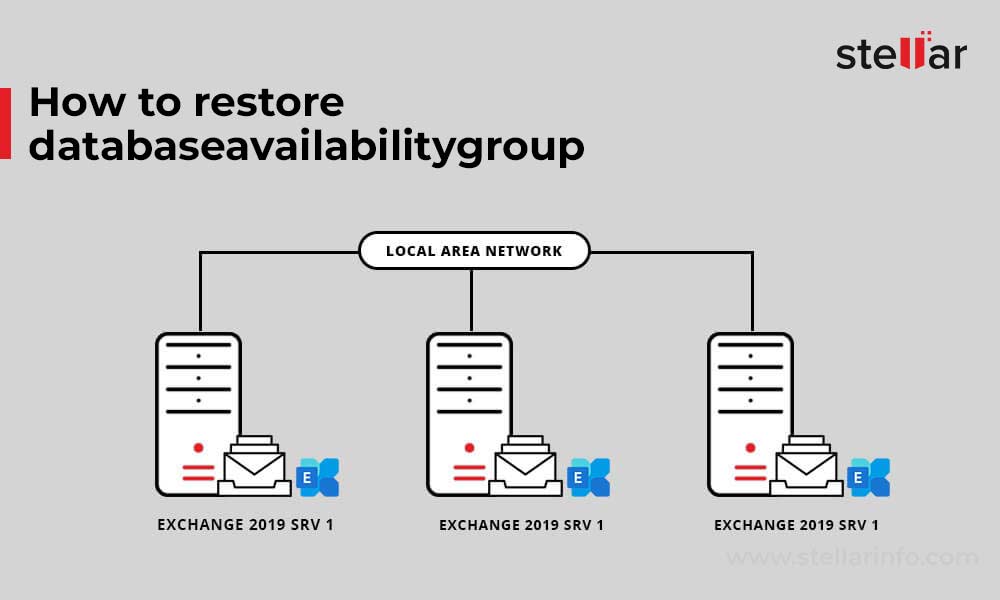
How to Use Restore-DatabaseAvailabilityGroup Cmdlet?
Exchange Database Availability Group (DAG) provides automatic database-level recovery from database, server, or network failure. It replicates the mailbox database across all member servers and maintains the Quorum. If the Quorum is lost due to one o...
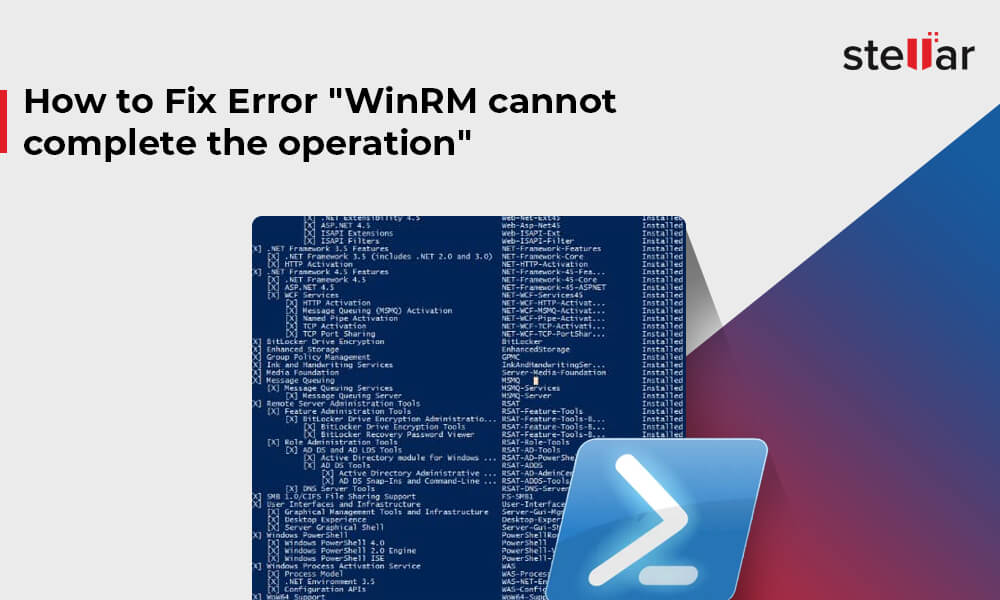
How to Fix the Error WinRM cannot complete the operation?
PowerShell in Exchange Server is a powerful tool for system admins and Exchange Server administrators. Although most of the things can be done via the graphical interface of the Exchange Admin Center (EAC), PowerShell allows to automate and run queri...
-in-Exchange-Server (1)-720.jpg)
Data Loss Prevention (DLP) in Exchange Server
Emails are a reliable medium for business communication used by all kinds of organizations, irrespective of their size. However, they often contain sensitive or confidential data or information you don't want to leak outside the organization. Thus, i...
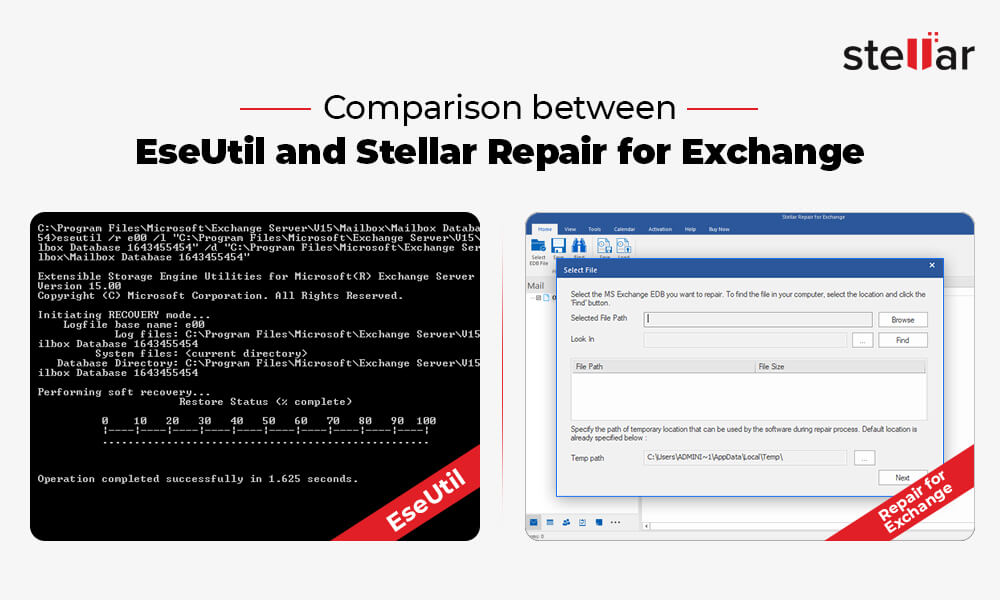
Comparison between EseUtil and Stellar Repair for Exchange
Exchange database corruption may happen due to various reasons, such as abrupt shutdown, missing or deleted transaction logs, server crashes, etc. It can lead to data loss and disrupt the email services, leading to downtime that may incur significant...


 Repair Exchange Database
Repair Exchange Database Load More
Load More




